I have data organized by the year it was collected. I would like to know how do I know if there was a trend of increase, decrease or stabilization of the data during the period.
I can do this manually, plotting the plots with ggplot and then visually checking for trends. But this would be unfeasible because I have many columns with data. I would like to do something automatic.
for example visually checking, I see a slight upward trend for the var1 variable:
library(ggplot2)
library(tidyverse)
df<-data.frame(year=c(2000,2001,2001,2002,2000,2002,2000,2001,2002,2001),
var1=c(1,2,3,4,5,6,7,8,9,10),
var2=c(2,3,6,4,8,12,13,4,21,3),
var3=c(0.3,8,6,5,3,2,1,0.6,0.8,0.5),
var4=sample(-5:5, size = 10))
df
ggplot(df, aes(x=year, y=var1))+
geom_point(aes(color = "Mean"), size=2.5)+
stat_smooth(aes(color = "Trend"), se=FALSE)
Would there be a possibility for R to do this check automatically? and create a new column indicating the variables increased, decreased or stabilized in variables var1, var2, var3, var4?


